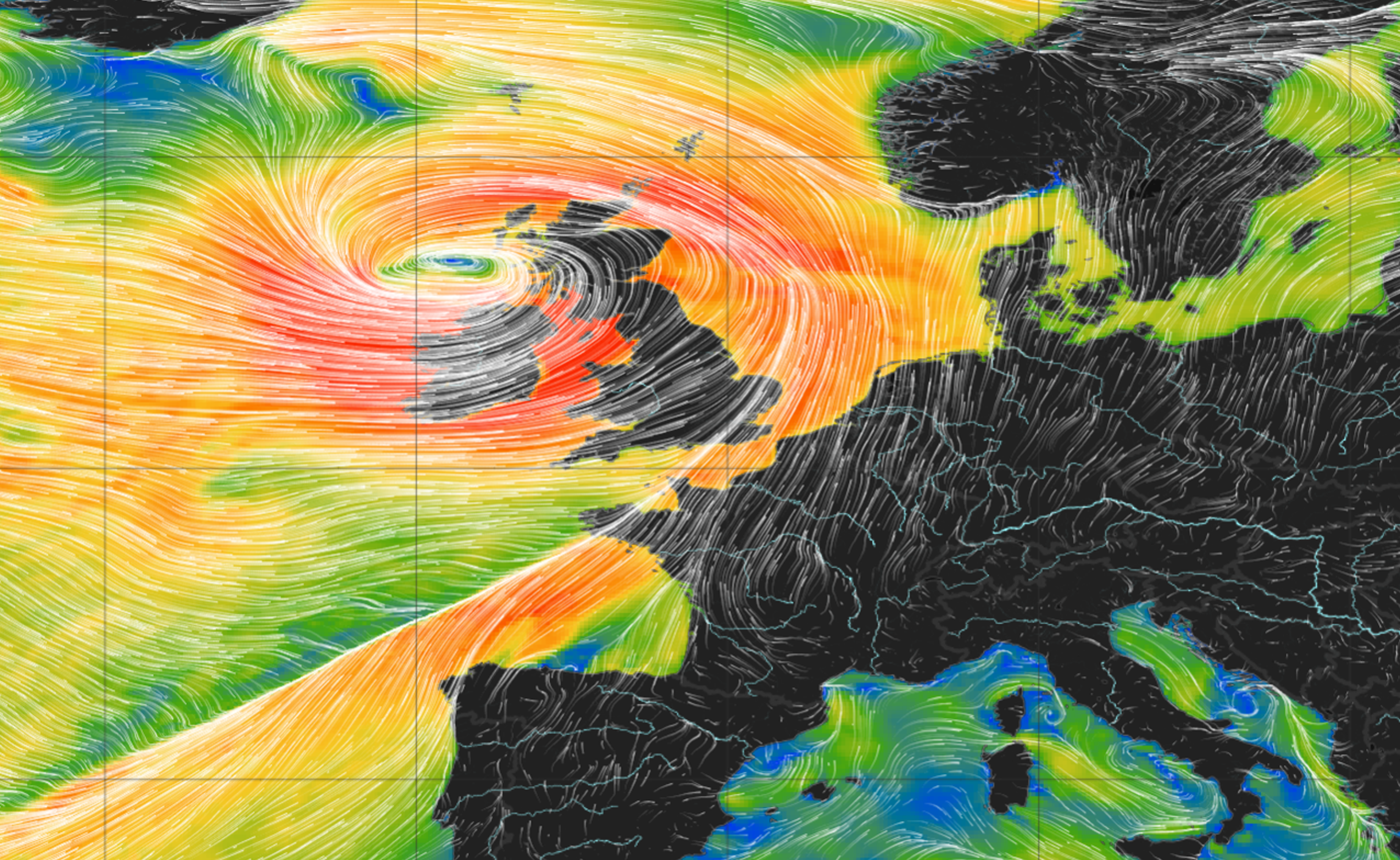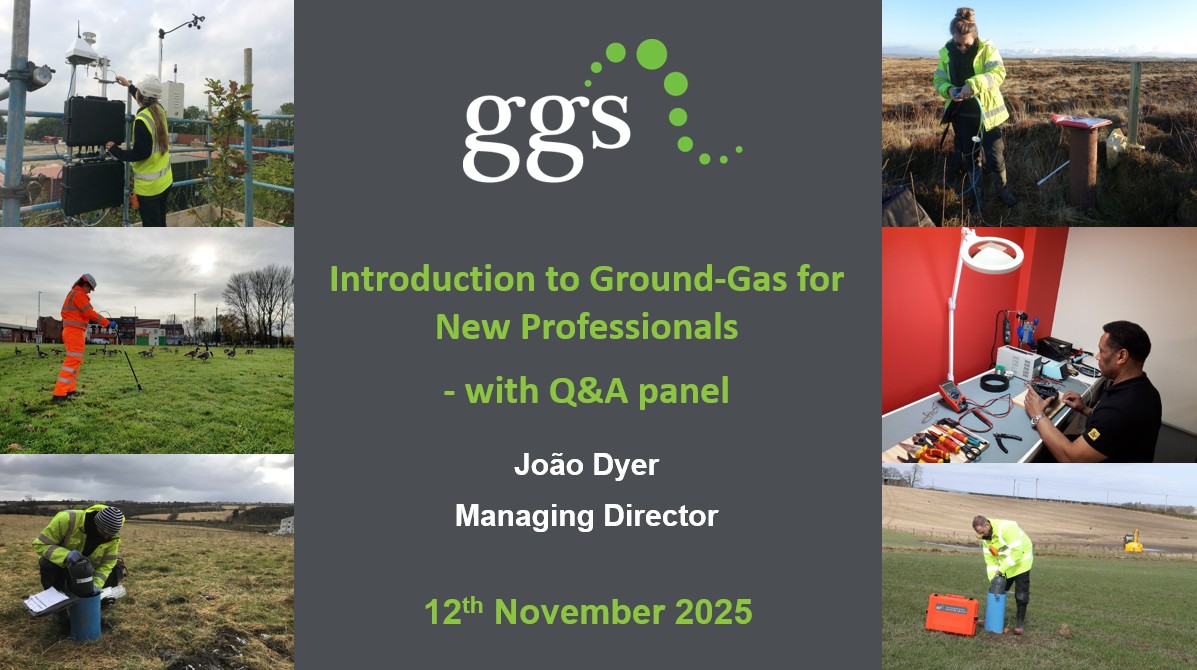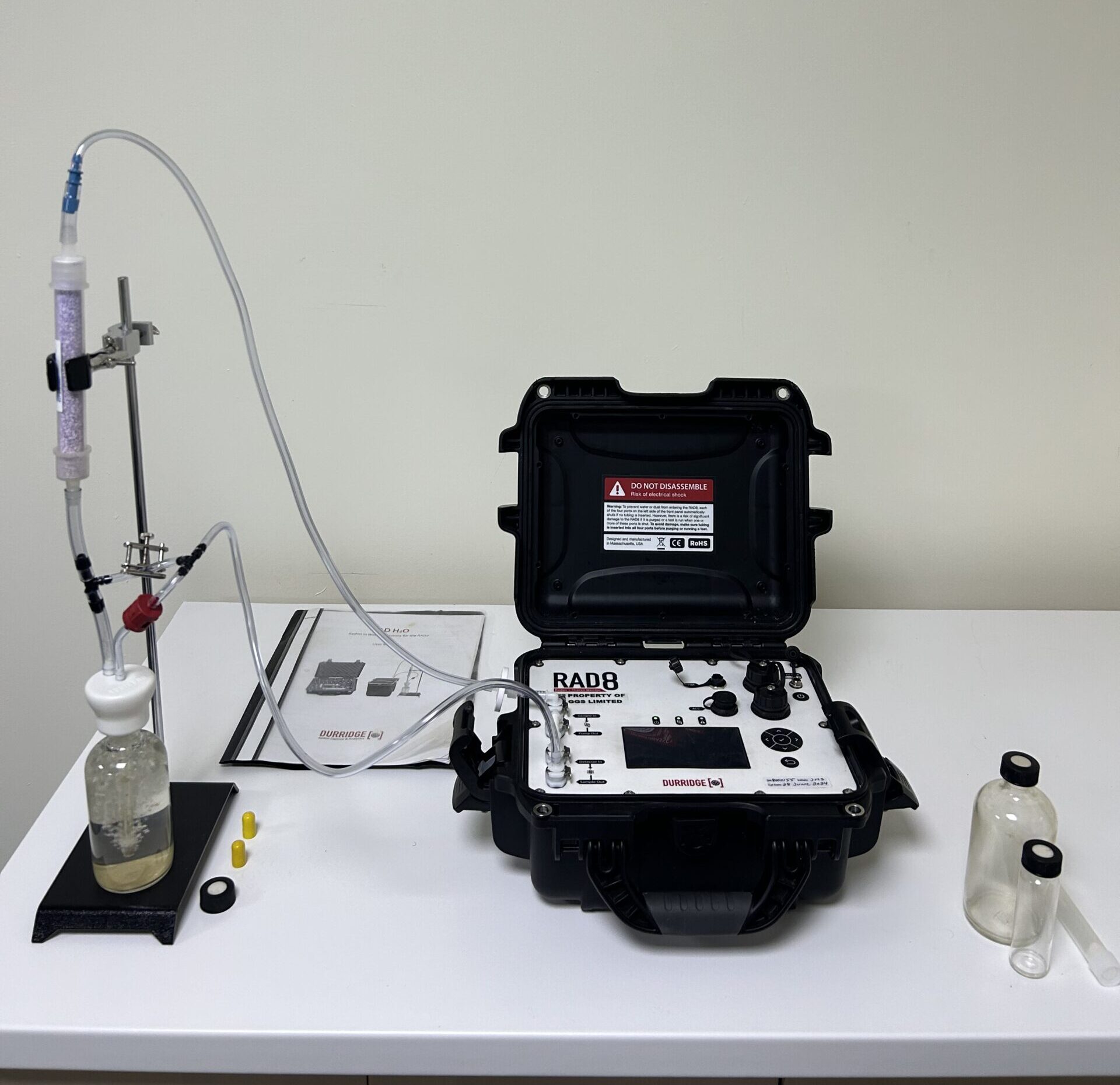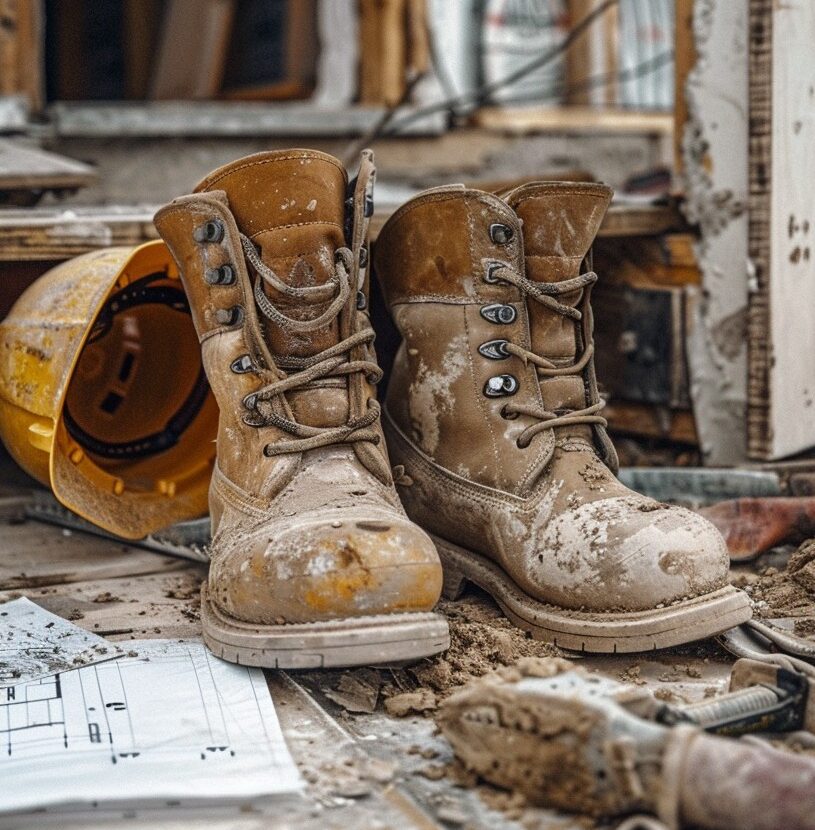In a week we will be leading a webinar on atmospheric pressure which will present updated research following the release of the White Paper last year. In addition, we have announced that we will be releasing an analysis tool for calculating worst-case thresholds for when atmospheric pressure is relevant to a ground gas risk assessment.
Today we’re asking why it is so important in the first place and why it such an important factor for GGS to consider in our on-site analysis. Keep on reading to learn more
Continuous monitoring is the most thorough and comprehensive way to measure ground gas. To do this effectively, we must consider several factors that can influence the data we collect on site. This includes ground gas behavior and gas flow to borehole and atmospheric pressure. If you’d like to learn more about how all of the different factors for measuring ground gas should be considered, read TB:18 here.
When it comes to atmospheric pressure, the rate of falling pressure can influence surface gas emissions, especially on former landfill sites, drive migration through geological pathways and influence ground gas ingress into the built environment. As such, an understanding that worst case atmospheric pressure conditions have been captured and understood is often a key requirement to establish a robust gas conceptual site model. This will lead to a high confidence level to whether gas mitigation or gas protection measures are necessary.
The rate of falling pressure is often a key metric that will influence ground gas migration towards the surface, especially when a preferential or open pathway is evident. A worst-case threshold will provide a statistically robust measurement to when the rate of falling pressure can be considered to be at its highest. When an assessment of atmospheric pressure variability is relevant, a calculated threshold, specific to a site location and time of monitoring, provides evidence that worst-case conditions are understood for ground gas risk assessment.
In the UK in particular, adverse weather conditions can cause significant atmospheric changes and we recently explored a simplified approach to measuring worst case conditions in our atmospheric pressure whitepaper.
At our next webinar we have some more exciting new developments when it comes to measuring ground gas. Our next webinar focuses on research into the effects of atmospheric pressure changes, and as an attendee you will be given access to a worst case threshold calculator.
And if you are looking to work with a team of environmental scientists who understand the importance of measuring atmospheric pressure for ground gas risk assessments, get in touch with us today for assistance on your project.
The following pages include news articles, videos, guidance notes and white papers on a range of ground gas related topics which we hope you will find of interest. Please browse through but if you can’t find something on your particular issue of interest, we’d be very pleased to hear from you so we can put that right.
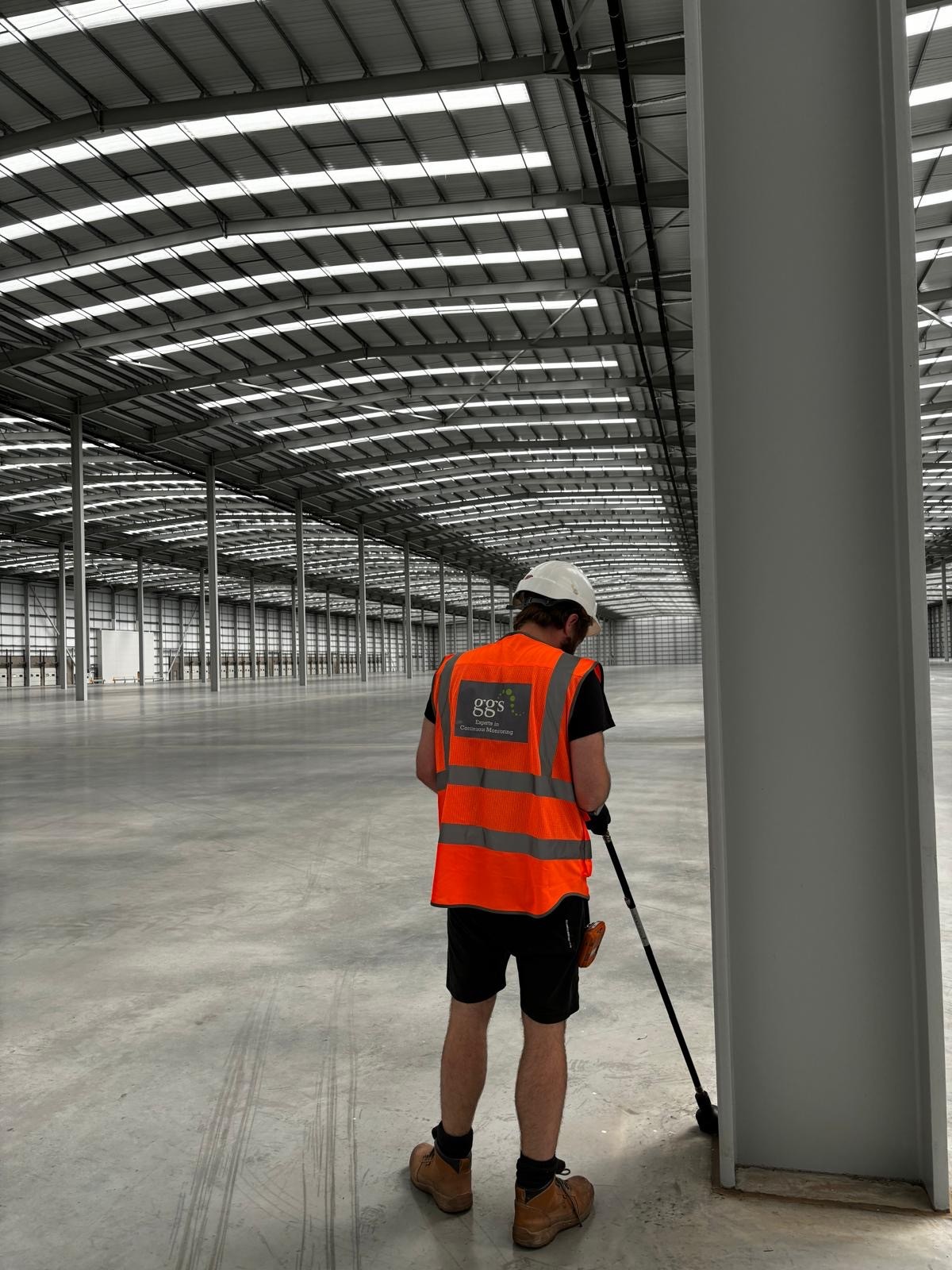
Establishing a new warehouse involves managing numerous moving parts such as ensuring operational systems are in place, training staff and coordinating logistics. Amidst this complexity, it’s essential to remain compliant with environmental and safety regulations.
One important aspect is managing and mitigating ground gas risk. Keep reading to learn about the process and what to expect.

